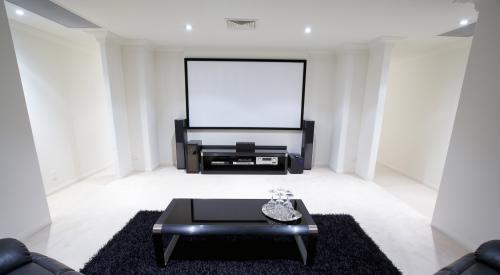There is now conclusive research that framing with trusses and wall panels reduces costs, materials, and waste. Field reports also show that construction of a stick-framed structure requires skilled framing carpenters, whereas framing with structural components (roof trusses, floor trusses, and wall panels) requires less-skilled workers who assemble a structure, rather than build it from scratch. Even with this abundance of evidence, there is still an active debate about whether component framing beats stick framing.
Field Research Proves the Point
The efficiency of component framing vs. stick framing was closely examined in a 1995 side-by-side study, put on by the Structural Building Components Association (SBCA). Now, more than 20 years later, SBCA recently undertook a new “Framing the American Dream” experiment to update its data and research. Two nearly identical 2,900 sq/ft homes were built side-by-side. Before the houses were framed, monitoring systems were put in place to measure the jobsite hours required to erect both structures, as well as document the total jobsite waste generated, and the total board feet of lumber used.
Conclusive Results
The results of the Framing the American Dream study were conclusive. The component-framed house required 152.1 man-hours to complete, whereas the stick-framed house required 373.5 hours. It took 250% (two and half times) longer to construct the stick-framed home. To put that in perspective, a crew framing with components could frame two and a half homes in the same time it would take to stick frame one home.
Framing the American Dream also proved another point about labor by looking at the skills required for each home. Construction of the stick-framed home required skilled carpenters, whereas framing with manufactured structural components required less-skilled worker, who tipped up or craned-in the floor, wall, and roof components.
As for waste (which is so costly to dispose of) the component-framed house produced very little. To manage the waste of the component-frame house, you would need just three 32-gallon trashcans. This was in marked contrast to the stick-frame structure. It created significantly more waste, generating approximately 411 cubic feet, or roughly enough waste to fill a 15-yard dumpster.
For consumption of board feet of lumber, the Framing the American Dream project showed a stark contrast here as well. The stick-built home required 20,643 board feet of dimension framing lumber, but the component-framed house needed far less, coming in at 11,758 board feet, a savings of 8,885 board feet over the stick-framing approach.
This fresh data from SBCA demonstrates solid empirical evidence to show home builders that component framing is superior to the stick framing alternative in multiple categories. But best of all, both Framing the American Dream homes were donated to wounded US veterans.












